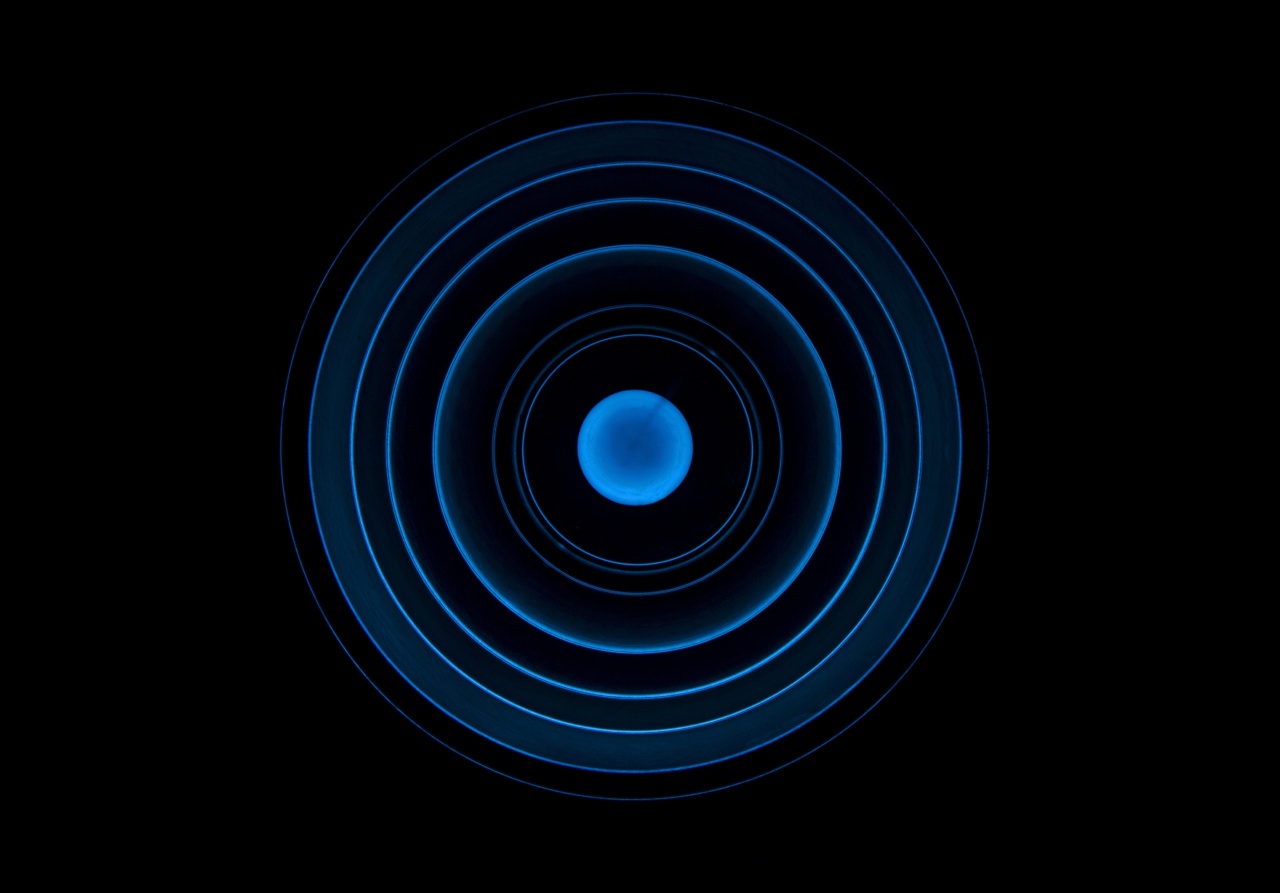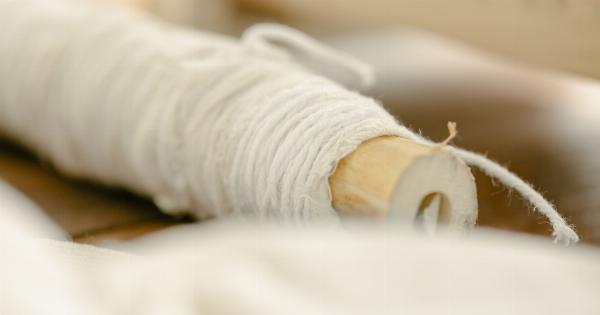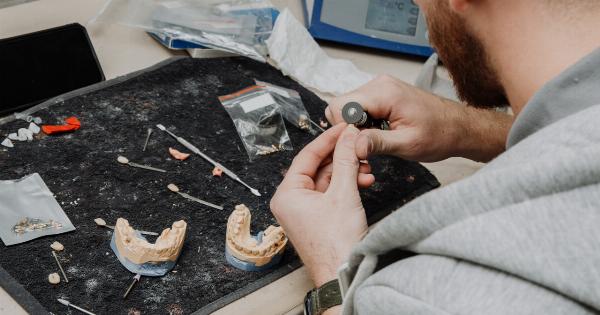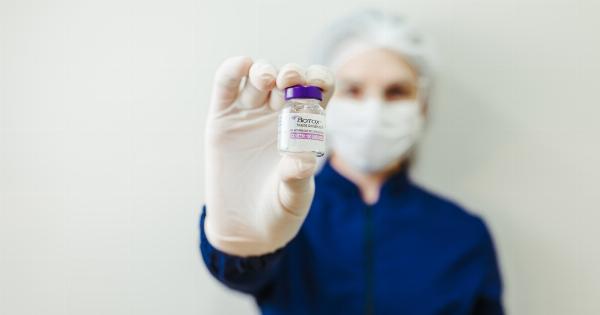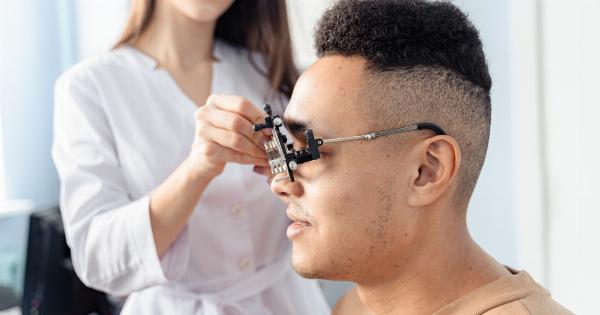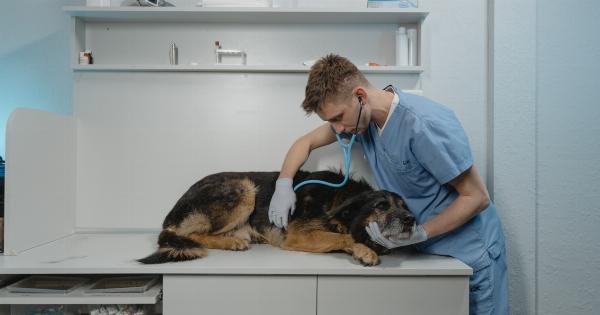Breast biopsy is a crucial diagnostic procedure used to identify and analyze abnormalities in breast tissue. Traditionally, this procedure has been performed through open surgery or with the help of ultrasound or mammography guidance.
However, advancements in medical technology have led to the development of a new technique known as stereotaxis, revolutionizing the future of breast biopsy procedures.
What is Stereotaxis?
Stereotaxis is a cutting-edge technology that combines real-time imaging with robotic instruments to perform minimally invasive breast biopsies.
Unlike traditional methods, stereotactic breast biopsy utilizes three-dimensional coordinates to accurately target and remove tissue samples for further analysis. This technique provides a more precise and less invasive option for patients and offers several advantages over conventional biopsy methods.
Advantages of Stereotactic Breast Biopsy
1. Increased Accuracy: Stereotactic breast biopsy offers a higher level of accuracy in targeting suspicious lesions or microcalcifications, minimizing the chances of a false-negative or false-positive result.
The ability to precisely locate and sample abnormal tissue ensures effective diagnosis and appropriate treatment planning.
2. Less Invasive: Unlike open surgical biopsies that require large incisions, stereotactic breast biopsy is a minimally invasive procedure.
It involves making a tiny incision and inserting a needle-like device to remove tissue samples under image-guided navigation. This results in reduced scarring, pain, and a shorter recovery period for patients.
3. Cost-effective: The use of stereotaxis in breast biopsy procedures has shown promising cost-effectiveness compared to traditional surgical biopsies.
The procedure eliminates the need for hospitalization and general anesthesia, reducing overall medical expenses for patients and healthcare systems.
4. Quicker Results: With stereotactic breast biopsy, patients can expect faster results as the tissue samples obtained can be immediately examined by pathologists.
You no longer have to wait for days or weeks to receive your diagnosis, allowing for faster treatment decisions and improved patient outcomes.
5. Reduced Complications: Stereotaxis minimizes the risk of complications associated with open surgical biopsies, such as infection, bleeding, and adverse reactions to anesthesia.
The procedure’s minimally invasive nature contributes to improved patient safety and reduces the likelihood of post-operative complications.
The Procedure
During a stereotactic breast biopsy, the patient lies face down on a specialized table with a hole for the affected breast to hang freely. The breast is compressed and immobilized to ensure accurate targeting.
The radiologist uses mammography or other imaging techniques to precisely locate the abnormal area and calculate its coordinates.
Using these coordinates, a robotic arm guides a needle-like instrument to the targeted area, collecting multiple tissue samples. The samples are then sent to the pathology laboratory for analysis.
The entire procedure usually takes around 30-45 minutes, depending on the complexity of the case.
Candidates for Stereotactic Breast Biopsy
Stereotactic breast biopsy may be recommended for individuals who have:.
– Suspicious lesions or microcalcifications detected on mammography or other imaging tests.
– A palpable lump that cannot be adequately visualized with ultrasound.
– Breast abnormalities discovered during a physical examination but not detectable on imaging tests.
Possible Risks and Limitations
While stereotactic breast biopsy is generally considered safe, there are some potential risks and limitations associated with the procedure. These may include:.
– Bruising or bleeding at the biopsy site.
– Infection, although rare, at the site of needle insertion.
– Discomfort or pain during the procedure, which can be managed with local anesthesia.
– Inability to accurately target very small lesions located deep within the breast tissue.
– Occasional need for a surgical biopsy if the pathology report does not provide a definitive diagnosis.
The Future of Stereotactic Breast Biopsy
As technology continues to advance, the future of stereotactic breast biopsy holds great promise.
The current approach predominantly involves mammography-guided stereotaxis, but researchers are actively exploring other imaging modalities, such as magnetic resonance imaging (MRI) and molecular breast imaging (MBI), to enhance the accuracy and capabilities of the procedure.
Additionally, the integration of machine learning and artificial intelligence algorithms further augments the potential of stereotactic breast biopsy.
These technologies can assist radiologists in real-time lesion detection, accurate needle placement, and prediction of malignancy, improving the overall efficiency and outcomes of the procedure.
Moreover, ongoing research aims to develop advanced robotic systems that can perform not only biopsies but also minimally invasive surgeries, reducing the need for open procedures.
This advancement would provide more comprehensive treatment options for patients and potentially spare them from more invasive surgeries in the future.
Conclusion
The future of breast biopsy lies in the hands of stereotaxis technology. Its numerous advantages, such as increased accuracy, reduced invasiveness, and quicker results, make it an appealing option for both patients and healthcare providers.
As this field continues to progress, we can expect further refinements in imaging techniques, improved automation, and enhanced decision support systems. With these advancements, stereotactic breast biopsy is poised to become the gold standard in diagnostic breast procedures, delivering better outcomes and improved patient care.
